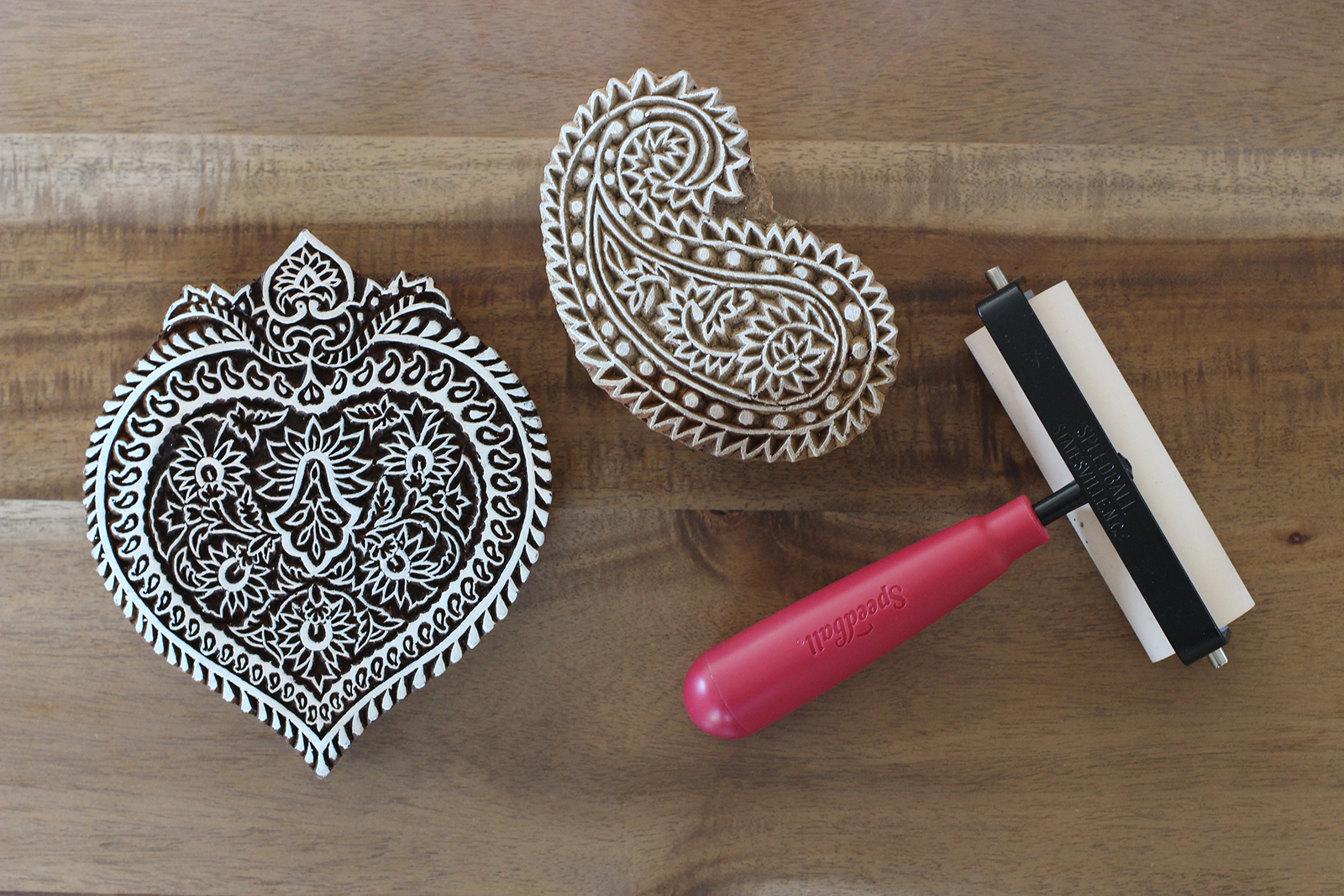Ok, on inking your block and also printing. You need a lot much less ink than you think when you come to actually printing. The secret below is to be rather thrifty with the amount of ink that you relate to your block. Include also much ink and also you can finish up completing your faithfully sculpted channels so that the final print does not come out with fairly the sharp comparison that you 'd planned in between light and dark locations.
It's harder to do the reverse. The initial component of the procedure involves outlining a layer of ink on your item of glass. No, you do not use the ink directly from television to the block! Placing the ink on the glass first means that you are after that in a little bit of control of the procedure, which is an enjoyable illusion.
Take your sheet of glass and placed a blob of ink between, regarding the dimension of a moderately proportioned bean (I'm thinking about the English runner bean, below - again, possibly much better to look at the images if you're not aware of our veggies). Take the roller, and also start rolling the ink in one direction, after that at best angles, then back to the original instructions and more.
When you assume you have actually got your roller entirely covered in a (thin) layer of ink, very carefully roll it over the block. I roll it along the size of the block first, after that do it across the width. Purely speaking you should only need to do it when in each direction, yet I've in some cases (i.e
. Once you've obtained the ink on the block (congratulations, incidentally!) you prepare to publish it out onto paper. You essentially placed the sheet of paper that you intend to print onto ON TOP OF the woodblock, which is ink side up, obviously, after that you make use of the spoon to scrub the paper down onto the block, as if you were doing a .
Facts About Woodblock Printing On Fabric Revealed
Image: our disclosure for more details. Motivated by the art of Hokusai and also other masters of block printing can also be done making use of linoleum or rubber, however it's also equally as very easy to use timber scraps you have around your house or grab at the hardware store.
The V-gouge is made use of to sculpt versus the grain, while the U-gouge sculpts with the grain. You'll intend to remember to not force the blades and maintain them at a small angle when carving to maintain them from breaking. Additionally, bear in mind to sharpen them, as this will make sculpting go much more smoothly.
This is what you'll make use of to roll the ink onto your woodblock. Brayers are developed to use the ink evenly, ensuring that you'll obtain an uniform circulation on the block. Just be sure not to overload your brayer with ink or you'll wind up with a dirty print. Printing ink is particularly created to give also protection and uniformity to ensure that the final print will appear clearly.
If you desire to publish on fabrics, nevertheless, you'll wish to grab ink produced especially for printing on textile. You'll additionally desire an item of glass to spread the ink on, before printing. Even more of an optional tool, a baren is made use of to position also pressure on the back of the block when printing.
Component of the fun when starting with a brand-new craft is experimentation, and choosing the ideal wood for your print is no exception. Softer timber like pine, cedar, and poplar are simpler to carve, however will certainly be tough for pictures with great information. Soft woods are also prone to not standing up well during duplicated printing.
 Facts About Block Printing Press Uncovered
Facts About Block Printing Press Uncovered
Some Known Questions About Wood Carving Blocks.
Alternatively, lots of printmakers make use of MDF or plywood as a budget-friendly choice, especially מושיק גלמין when developing large photos. MDF doesn't have grain, so you will not need to fret about splinters or fractures. But, it won't retain information quite along with genuine timber, and also will certainly plain your devices promptly. Cherry plywood is quite preferred with printmakers for its strong external veneer and tight grain.
Whatever kind of wood you select to try out, you'll wish to pick an item devoid of knots, warps, and cracks. As soon as you have your item of wood picked, you'll need an image to carve. Some people like to attract directly on the block-- bear in mind the picture will certainly appear turned around when printed-- while others move their images.